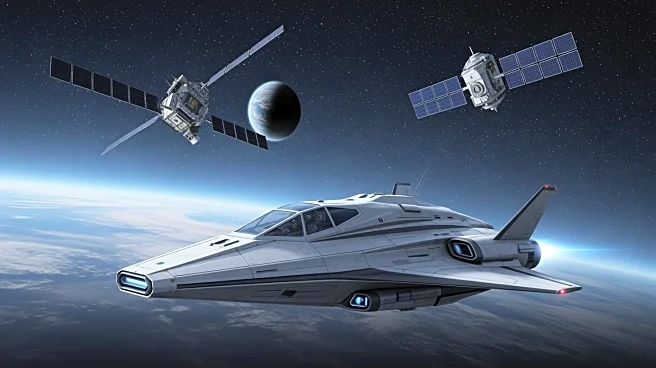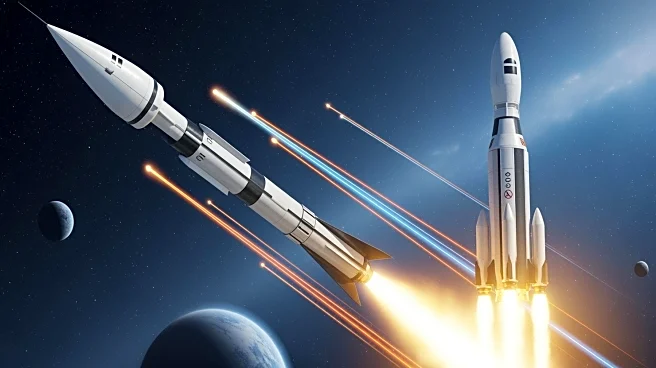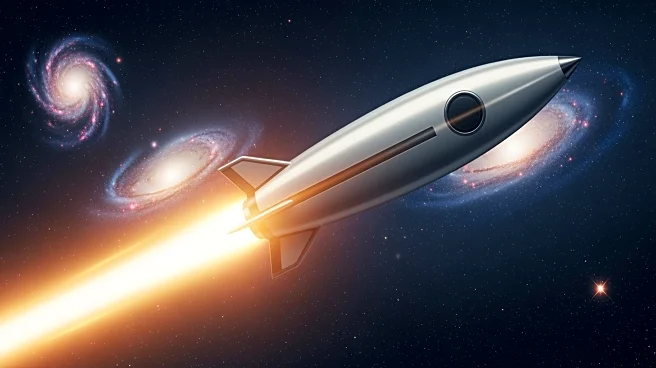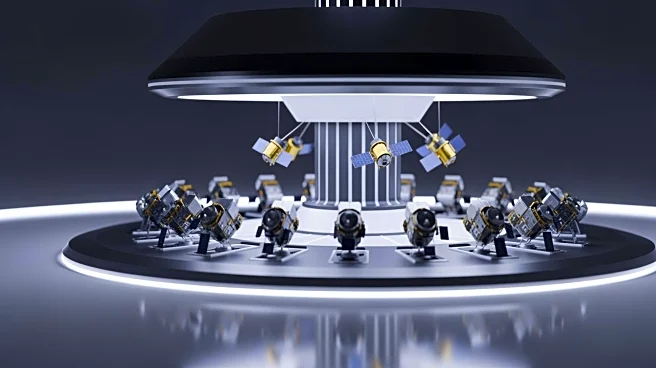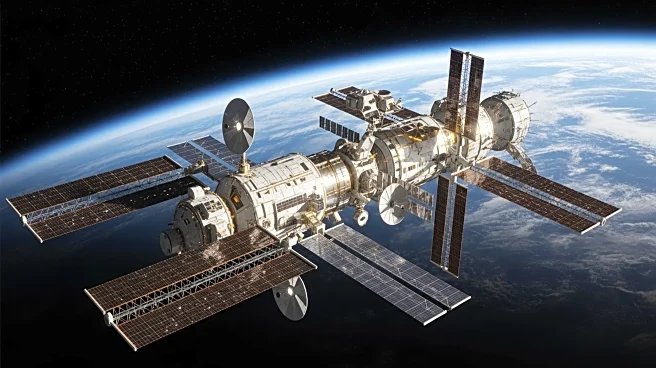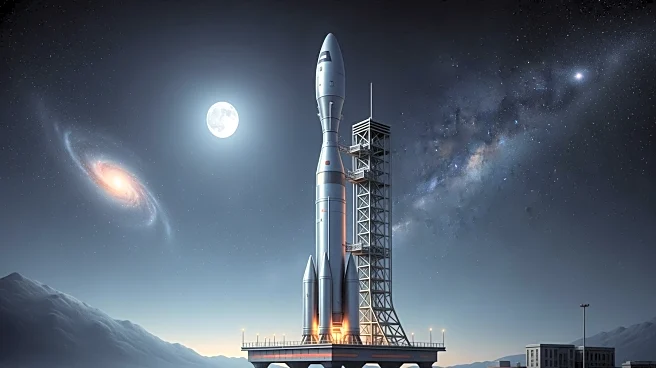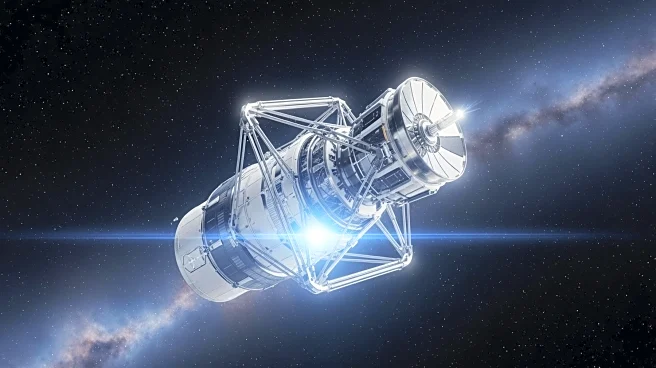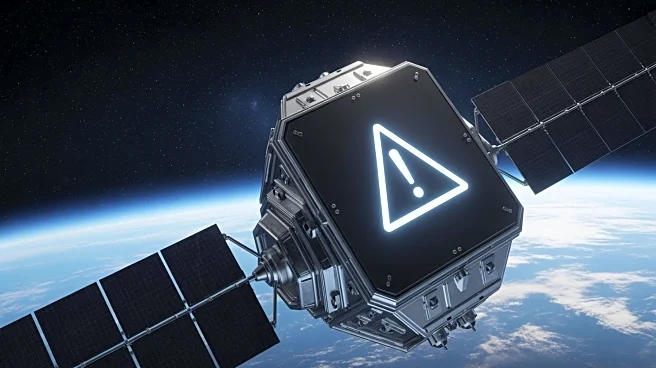What's Happening?
Varda Space Industries is set to operate two spacecraft simultaneously for the first time with its W-5 mission, launching aboard SpaceX's Transporter-15 rideshare. This marks a significant step in Varda's plan to increase the frequency of its reentry
missions to meet growing demand. The company aims to launch two spacecraft at once starting next year, with a long-term goal of multiple launches per week. Varda's strategy involves automating processes to manage a larger fleet with fewer employees, as it prepares to achieve a monthly launch cadence within two years.
Why It's Important?
Varda's expansion in spacecraft operations reflects the increasing demand for commercial space services, particularly as companies seek alternatives to the International Space Station (ISS) ahead of its decommissioning. The ability to operate multiple spacecraft simultaneously enhances Varda's capacity to serve its customers, including those in the semiconductor and pharmaceutical industries. This development is crucial for advancing space-based manufacturing and research, offering new opportunities for innovation and commercialization in microgravity environments.
What's Next?
Varda's focus on automation and process improvements will be critical in achieving its ambitious launch cadence targets. As the company books flights well into 2027, it will need to ensure efficient production and operation of its spacecraft. The partnership with United Semiconductor and ongoing pharmaceutical research highlight the potential for diverse applications of Varda's technology. The transition to autonomous platforms may drive further advancements in space-based manufacturing, reducing costs and increasing accessibility for various industries.
Beyond the Headlines
The shift towards autonomous platforms for space operations could have long-term implications for the space industry, including changes in workforce dynamics and the role of human intervention in space missions. As companies like Varda demonstrate the feasibility of automated systems, there may be increased interest in developing similar technologies for other sectors. Additionally, the focus on pharmaceutical research in space could lead to breakthroughs in drug delivery methods, improving patient outcomes and expanding the possibilities for medical treatments.
